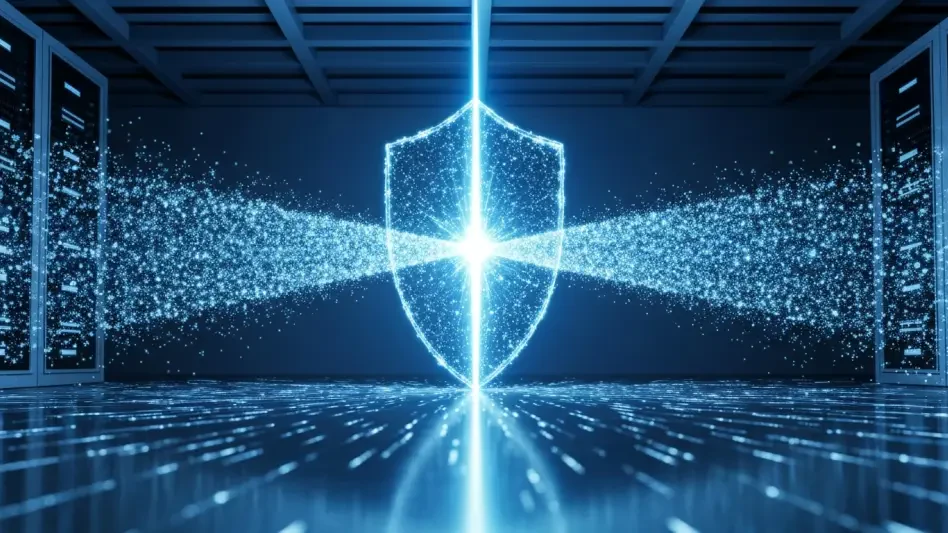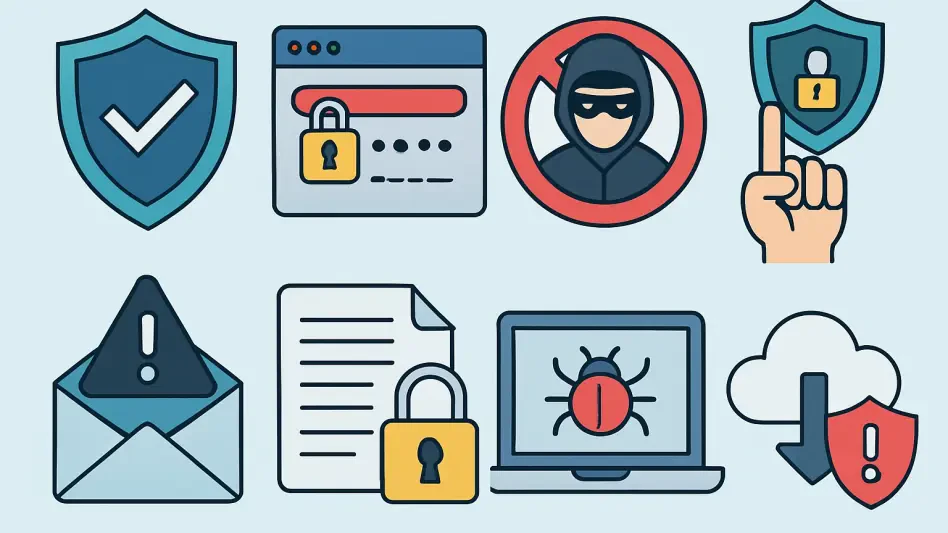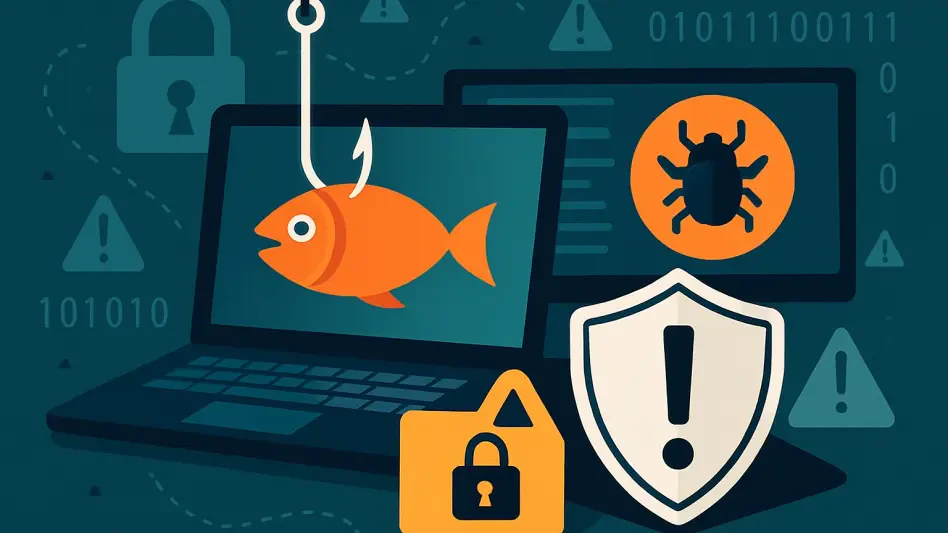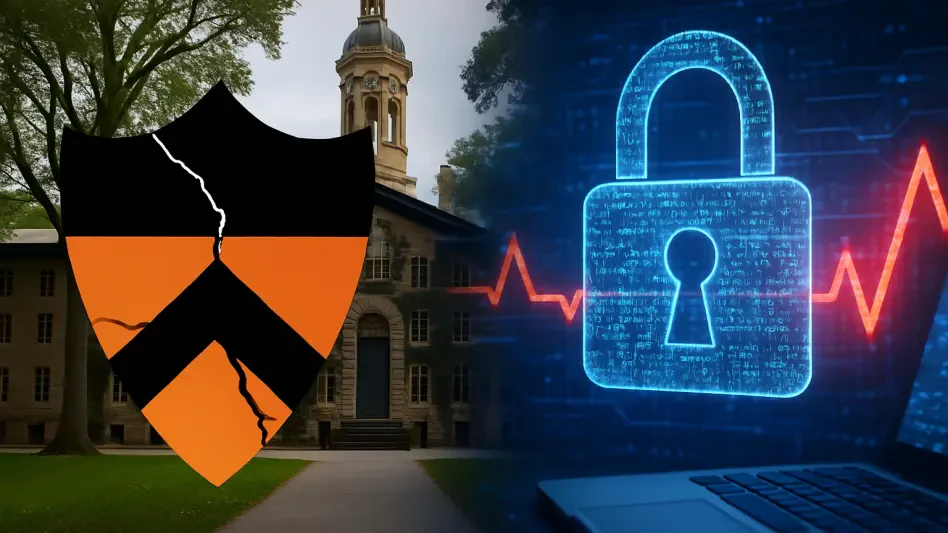What if the most perilous threat to a company’s security isn’t hidden in obscure code or shadowy networks, but quietly waiting in an employee’s inbox? Email continues to be the primary entry point for devastating cyberattacks, with phishing and social engineering schemes capable of breaching defenses in mere moments. This alarming reality underscores a critical vulnerability for modern businesses, setting the stage for a groundbreaking development in cybersecurity that promises to turn the tide against such threats.
Why Email Threats Undermine Business Security
Email-based attacks remain a persistent danger, often bypassing even the most robust security measures. According to a 2023 report by Verizon, 74% of data breaches involved a human element, with phishing emails serving as the most common initial attack vector. These deceptive messages exploit trust, tricking employees into revealing sensitive information or clicking malicious links that unleash ransomware or steal data.
The sophistication of these threats has escalated, with attackers leveraging AI to craft personalized emails that mimic legitimate correspondence. Businesses, regardless of size, face the risk of financial loss, reputational damage, and operational disruption when a single email slips through the cracks. This vulnerability highlights a pressing need for advanced solutions that go beyond traditional antivirus software.
The stakes are higher than ever as remote work and digital collaboration tools expand the attack surface. With employees accessing corporate systems from various locations and devices, a single compromised email can provide attackers with a gateway to an entire network. Addressing this gap in security has become a top priority for organizations aiming to protect their assets in a hyper-connected world.
The Urgency of Cybersecurity in Today’s Digital Landscape
As cyber threats evolve, the complexity of attacks has reached unprecedented levels. AI-generated phishing emails and multi-channel threats targeting platforms like Slack, Zoom, and Teams have made it clear that isolated security measures are no longer sufficient. A 2024 study by Cybersecurity Ventures estimates that global cybercrime costs will reach $10.5 trillion annually by 2025, emphasizing the catastrophic impact of inadequate defenses.
This escalating risk landscape demands a holistic approach to cybersecurity. Integrating email protection with broader data security frameworks is essential to safeguard sensitive information across all touchpoints. Companies that fail to adapt risk not only financial penalties but also the erosion of customer trust, which can take years to rebuild after a breach.
The convergence of communication tools and data systems means that a breach in one area can ripple across an entire organization. This interconnectedness amplifies the need for innovative technologies capable of detecting and neutralizing threats in real time. Solutions that address these challenges head-on are critical for businesses striving to stay ahead of cybercriminals.
Inside the Varonis-SlashNext Strategic Acquisition
Varonis, a leader in data security since its inception, has taken a significant step forward by acquiring SlashNext, an AI-driven email security specialist. This strategic move enhances the Varonis Data Security Platform by integrating SlashNext’s cutting-edge technology, which employs computer vision, natural language processing, and virtual browsers to detect phishing and social engineering threats with remarkable precision. The result is a fortified defense mechanism that tackles vulnerabilities traditional systems often miss.
SlashNext’s capabilities extend beyond email, offering protection across collaboration tools such as WhatsApp, Microsoft Teams, and Slack. This is crucial in an era where multi-channel attacks are on the rise; for instance, a 2024 incident saw a major retailer suffer a data breach initiated through a phishing message on a collaboration app, leading to the exposure of customer data. By incorporating such comprehensive coverage, Varonis addresses a critical gap in securing modern business communication.
The significance of this acquisition lies in its potential to redefine cybersecurity standards. Combining Varonis’ expertise in data protection with SlashNext’s specialized threat detection creates a unified platform that not only safeguards data but also prevents initial compromises. This synergy positions the merged entity as a formidable player in combating the increasingly sophisticated tactics employed by cybercriminals.
Validating the Impact of SlashNext’s Advanced Technology
The effectiveness of SlashNext’s technology is not merely theoretical but backed by independent validation. Tests conducted by the Tolly Group demonstrated that SlashNext’s detection engine consistently outperformed major competitors in identifying phishing attempts, including those generated by AI. This proven track record adds a layer of credibility to the acquisition, signaling a meaningful upgrade to Varonis’ existing offerings.
Varonis itself brings a legacy of innovation to the table, with milestones like real-time data detection and managed response services marking its growth over the years. Industry analysts have noted the rising importance of AI in cybersecurity, with a 2024 Gartner report predicting that 80% of enterprises will adopt AI-driven security tools by 2027. This trend underscores the timeliness of integrating SlashNext’s capabilities into a broader security framework.
Expert commentary further reinforces the strategic value of this merger. Cybersecurity specialists highlight that the ability to analyze tone, style, and intent in communications—key features of SlashNext’s AI—offers a proactive defense against evolving threats. Such insights suggest that the combined strengths of both companies are well-poised to address the dynamic challenges facing organizations today.
Equipping Businesses for Emerging Cyber Challenges
For companies seeking to fortify their defenses, the Varonis-SlashNext integration provides actionable inspiration. Prioritizing multi-channel threat detection is a fundamental step, ensuring that email and collaboration platforms are equally secure against phishing and other attacks. This approach minimizes the risk of a single weak link compromising an entire system.
Leveraging AI-powered tools for early threat identification offers another critical advantage. By analyzing subtle indicators such as message tone or stylistic anomalies, businesses can intercept phishing attempts before they cause harm. A case study from a financial firm showed a 60% reduction in successful phishing incidents after adopting similar AI-driven detection methods, illustrating the tangible benefits of this technology.
Adopting a unified strategy that bridges email and data security is equally vital. Siloed defenses often leave gaps that attackers exploit, whereas an integrated platform ensures comprehensive protection. Organizations are encouraged to reassess their cybersecurity posture, drawing from this acquisition’s emphasis on closing defensive loopholes to build resilience against tomorrow’s threats.
Reflecting on a Pivotal Moment in Cybersecurity
Looking back, the acquisition of SlashNext by Varonis marked a turning point in the battle against email-based cyberattacks. It represented a bold stride toward integrating specialized threat detection with established data security practices, addressing a vulnerability that had long plagued businesses. The combined expertise of both entities set a new benchmark for protecting digital assets in an increasingly hostile environment.
The impact of this merger extended beyond immediate solutions, prompting organizations to rethink their approach to cybersecurity. It highlighted the necessity of proactive measures, urging companies to invest in technologies that anticipated threats rather than merely reacted to them. This shift in mindset became a cornerstone for building stronger, more adaptive defenses.
As the cyber landscape continued to evolve, the lessons from this strategic move offered a clear path forward. Businesses were encouraged to prioritize integrated, AI-driven tools and to foster a culture of vigilance across all communication channels. By embracing such forward-thinking strategies, they positioned themselves to navigate future challenges with greater confidence and security.








